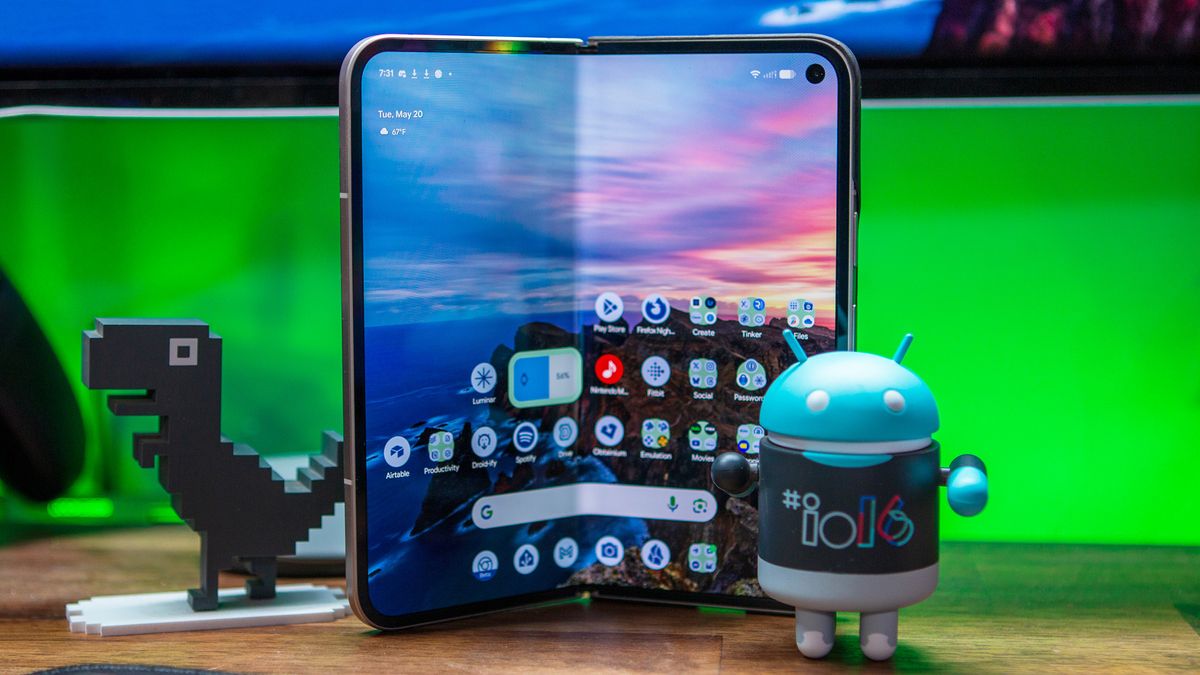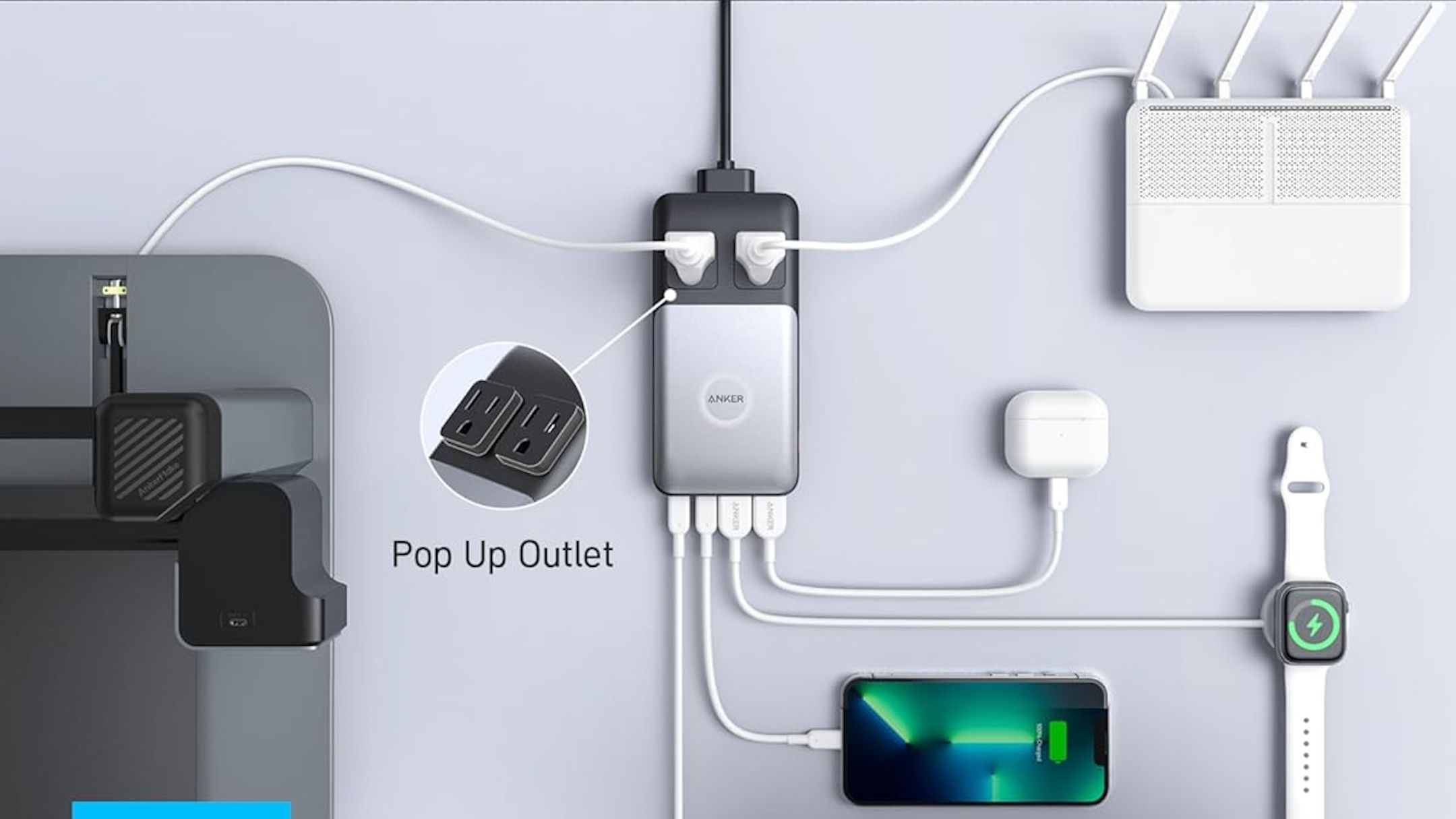Whether you’re working on an essay, doing research for a paper or just need some downtime streaming your favorite show — a good laptop is a sensible investment for every college student. The best laptop for college doesn’t have to push the envelope with the latest graphics card and processor, nor does it have to cost an arm and a leg. Sure, the best laptops come in all shapes and sizes and range in price, but college students don’t need a power-hungry machine to support their needs. The best laptop for college is ideally thin and lightweight, and provides enough battery to last all day without having to be tethered to the wall. No matter what you’re studying, we’ve researched and tested a range of laptops for you to consider as you decide which is the best laptop for college for you.
What to consider in your next laptop for college
It’s important to consider your major and what you need your laptop to do before deciding on the best laptop for college. For example, if you’re a liberal arts major and will mostly be writing or making presentations, you don’t need an expensive system with a discrete graphics card. Alternatively, if you’re a film major who might need to render videos on a regular basis, having a beefy PC can significantly reduce the time it takes to finish a project. You’ll also want to take a look at any guidelines provided by your college or your specific program, as you may need required software or apps that only run on a specific OS.
Some other things to consider are if you want a more portable 13 or 14-inch machine that’s easier to carry around, or if you prefer something with a larger screen. On top of that, if you are doing tasks like photo or video editing, you’ll probably want to go for a system with a high-resolution display (1440p or 4K), so it's easier to see details. As for other specs, ideally you’ll want 16GB of RAM (though you can go down to 8GB on a Chromebook) and at least 512GB or 1TB of storage. Most newer laptops now come with SSD storage, too, which means you can store and transfer data much faster.
Finally, while your budget ultimately will determine how powerful of a laptop you can get, well-equipped ultraportables will generally cost between $1,000 and $1,400, with prices going up from there for systems with discrete GPUs. Budget Windows laptops and Chromebooks can be affordable alternatives though, with many going for just $500 to $700. But again, remember to check your school’s requirements because it’s not worth saving a few bucks only to find out that your notebook can’t run the app you need for all your homework.
See Also:
The best laptops for college students
Read our full Apple MacBook Air M4 review
Screen size: 13.6 inches | Installed memory: 16GB | Drive capacity: Up to 2TB | Graphics processor: 10-core GPU | Available ports: MagSafe 4 charging port, 3.5mm headphone jack, 2x Thunderbolt/USB 4 ports | Battery life: 18 hours | Refresh rate: 60Hz | Max supported RAM: 24GB
Apple’s M4-equipped 13-inch and 15-inch MacBook Air remain the best ultraportables you can buy today, and now they’re also better deals starting at $999 and $1,199, respectively. That’s $100 off the previous generation, but it’s no knock on the quality of these laptops.
Both MacBook Air models remain remarkably fast, incredibly thin and light, and deliver excellent battery life. They’re basically everything you’d want in a premium productivity notebook. Sure, it would be nice to see more than two USB-C ports and a screen that’s faster than 60Hz, but most buyers likely won’t notice these deficiencies. (And if they really bug you, you can always consider the 14-inch MacBook Pro.)
While the MacBook Air’s design hasn’t changed from the 2022-era M2 model, it’s still attractive today, and it also holds up well against Windows ultraportables. The Air isn’t Apple’s fastest computer, but it’s one of the company’s most iconic machines, one that’s elegantly crafted in ways that PC makers rarely accomplish. Its smooth metal case still feels great to hold, and its thin and light design makes it easy to travel with. The 2.7-pound 13-inch Air still feels impressively sturdy for its weight, and the 3.2-pound 15-inch model doesn’t feel that much heavier. (And for many, the larger screen is worth the portability sacrifice.)
Both MacBook Air models lasted for well over 18 hours in our tests, so they’ll likely last you two work days without needing to be juiced up. And while they’re far from gaming PCs, we were still impressed to see them run the graphically intensive game Lies of P at 60fps in 1080p. — Devindra Hardawar, Senior Reporter
Pros
- Fast performance
- Thin and light design
- Great keyboard
- Best-in-class touchpad
- Excellent battery life
Cons
- Could use more ports
- Screen is only 60Hz
Read our full Dell XPS 13 review
Screen size: 13.4 inches | Installed memory: 16GB | Drive capacity: 512GB | Graphics processor: Qualcomm Adreno or Intel Arc | Available ports: 2x USB 4 | Battery life: Up to 27 hours | Refresh rate: 120Hz | Max supported RAM: 64GB
I really wanted to pick the Surface Laptop 7 (both the 13.8 and 15-inch models) for this category. However, because there are still a few remaining compatibility issues for systems with Qualcomm chips on Windows, it's hard to make a blanket recommendation without knowing what kind of software people will be running on their PCs, which can vary a lot between majors. But if you're not worried about that, this is one system worth checking out.
Regardless, until Dell officially kills off the XPS line for good, the XPS 13 and XPS 14 remain some of the best ultraportable laptops on sale. They can be configured with a range of Intel chips, up to 32GB of RAM, 2TB of storage and multiple display types. They're also incredibly sleek and feature one of the best keyboards in the business.
The XPS line also has an upscale design with a glass wrist rest, a huge touchpad that blends into the deck and excellent battery life. The one thing we don't like is that the XPS 13 doesn't come with a 3.5mm audio jack. But if you move up to the XPS 14, not only do you get that and a microSD card slot, but you can also upgrade to an NVIDIA RTX 4060 discrete GPU too if you wish. This is great for anyone who might need a bit of extra horsepower for editing videos, modeling 3D objects or gaming (don't worry, we won't tell your parents). — Sam Rutherford, Senior Reporter
Read our full ASUS ROG Zephyrus G14 review
Screen size: 14 inches | Installed memory: 32GB | Drive capacity: 1TB | Graphics processor: NVIDIA GeForce RTX 5080 | Available ports: 1x HDMI 2.1, 1x Thunderbolt 4, 2x USB-A 3.2, 1x USB-C 3.2 | Battery life: 10 hours | Refresh rate: 120Hz | Max supported RAM: 64GB
For the student who wants a new laptop that’s light enough to carry to class but powerful enough to edit videos or play games at night, ASUS’ ROG Zephyrus G14 offers an incredible combination of performance and portability, which is why it's one of our top picks for the best gaming laptops. It features a gorgeous 120Hz OLED display, an AMD Ryzen 9 AI chip and up to NVIDIA RTX 5080 graphics, which is more than enough to handle almost anything you can throw at it — and a definite plus if you’re a gamer.
The 2025 model also sports a sophisticated design with a single row of white LEDs across its lid instead of a bunch of RGB lights, a ton of ports (including a full-size HDMI jack and microSD slot) and better-than-average battery life. All of this comes in an unibody aluminum chassis that weighs just 3.3 pounds, which is the same as a 15-inch MacBook Air. Put simply, the ROG G14 is one of the best laptops in its class, which makes it a great choice for students that are dabbling in a bunch of different subjects or disciplines. Also, if you like the G14’s mix of performance and design but want something a touch larger, there’s the ROG Zephyrus G16 which supports up to an RTX 5090 GPU. — S.R.
Screen size: 14 inches | Installed memory: 8GB | Drive capacity: 256GB | Graphics processor: Intel Graphics | Available ports: 2x Thunderbolt 4, 1x HDMI 2.0 | Battery life: 10 hours | Refresh rate: 60Hz | Max supported RAM: 16GB
Chromebooks may have started out as inexpensive PCs for early education and basic web browsing, but they’ve matured a lot over the years. Recently, with the introduction of Google’s Chromebook Plus designation, you can now get a number of handy AI-powered features from Google’s operating system alongside improvements such as faster wake times, 1080p webcams and better battery life.
Out of all the models on the market, Acer’s Chromebook Plus Spin 714 is one of the few that supports a speedier Intel Core Ultra 5 chip with 8GB of RAM and 256GB of base storage (which is twice as much as many of its rivals). Meanwhile, thanks to its 360-degree hinge, you can use it as a standard clamshell or make use of its touchscreen as a tablet, depending on the situation. Finally, with a starting price of $700, it’s more affordable than a typical Windows or Mac-based alternative. It's our current top pick for a premium device on our list of the best Chromebooks. — S.R.
.png)













 English (US) ·
English (US) ·